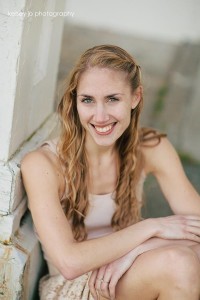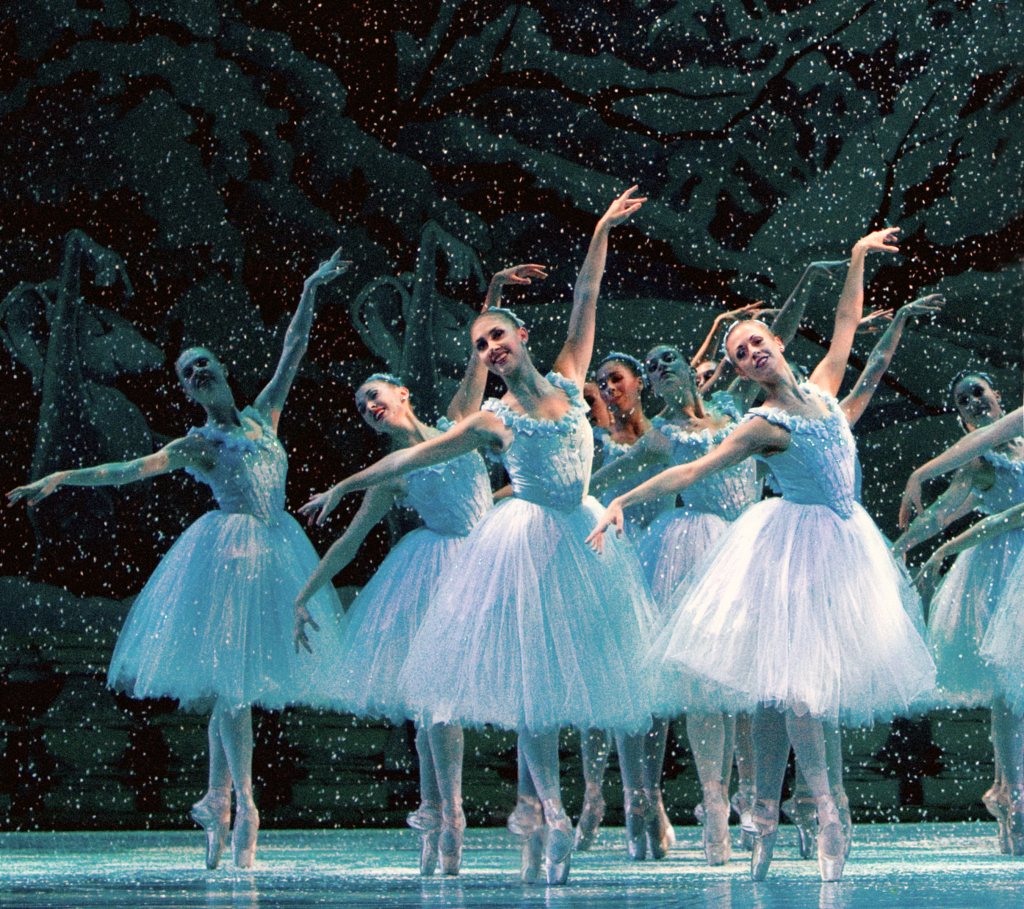
by Jessika Anspach McEliece
The brisk fall air accosts my face as I push through the Phelps Center doors, home of Pacific Northwest Ballet. I scurry down the steps toward Mercer Street. I only have an hour. I only have a month, and some change…
An hour for lunch; a month till I have to say goodbye.
The mid-afternoon sunlight filters in at an angle through the thinning maples that line the asphalt-colored river and I feel its warmth caress my cheekbone. I breathe in the cold air. A smile, ever so slight sneaks onto my face as my eyes gaze down at the pavement painted in geometric patterns and hues of amber, crimson and gold. Nature’s decoupage beneath my feet. But it’s not this painted floor I’m thinking of; it’s not the crisp fall scent that fills my nostrils and makes me smile.
They loaded in our special Nutcracker floor a day or two ago and crowded the studio with various set pieces. The grey marley, painted to look like a Persian rug with bright green, magenta, yellow and cobalt, carries with it a warm musky scent. The smell of Nutcracker. The smell of my life in ballet.
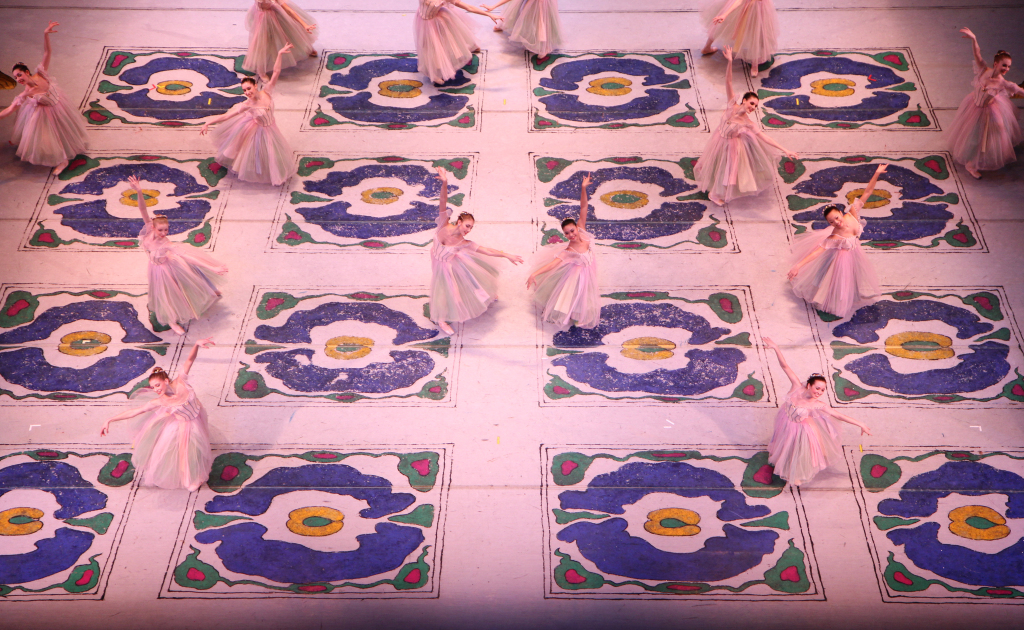
Like most kids, Nutcracker was not only the first ballet I saw, but the first ballet I performed. But unlike most of my dancer friends and co-workers, I didn’t start performing this holiday classic upon exiting the womb. I was the old age of eleven when I first partook in this magical production.
Every year hundreds of kids audition from the Pacific Northwest Ballet School to be a part of Nutcracker, PNB’s unique collaboration between founding artistic director Kent Stowell and children’s author and illustrator Maurice Sendak. And of all these children that audition, only 200 or so are chosen.
Every year I would audition hoping that this time, this year, I’d make the cut. My stomach would be sick with hope, anticipation and anxiety as I squeezed my way through the crowd to the long, alphabetically arranged white list posted to the hall wall.
Every year I would find that “And..” skipped right over “Ans..” to “Ant..” Nutcracker’s first lesson for me wasn’t in musicality or stage presence, but in perseverance.
So when that fateful day came and I was finally the tallest tan infantry soldier, that magenta blob on the downstage right carpet corner meant a lot more to me than just the mark where I stood… it symbolized a dream come true.
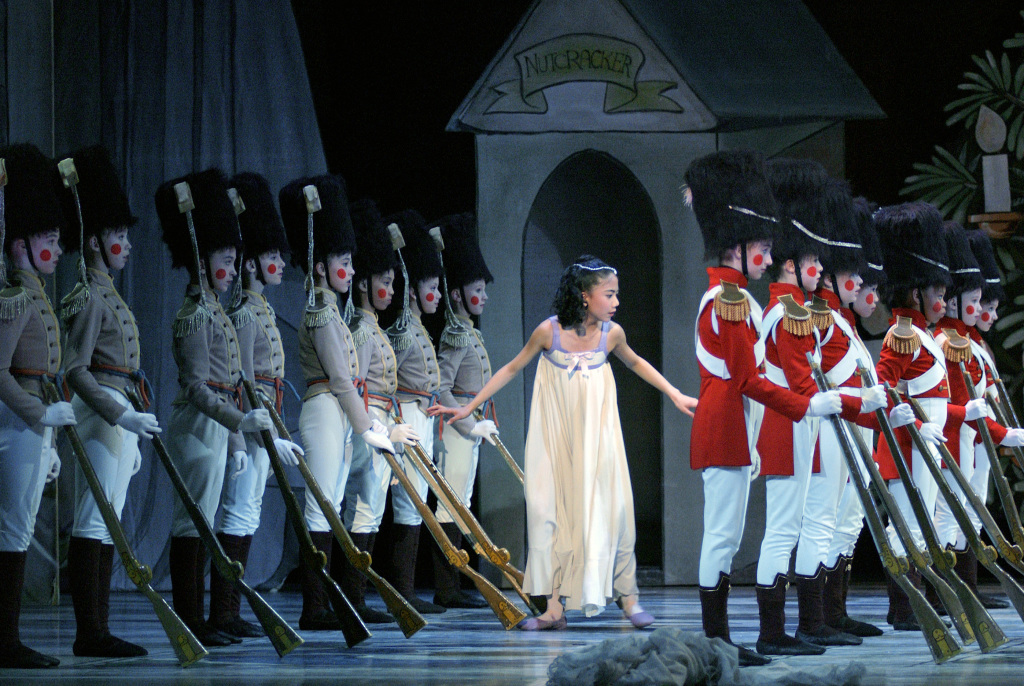
Standing nervously backstage, with my knuckles as white as my face, clutching my toy gun to my chest, you would’ve thought this eleven-year-old was hitting the beaches of Normandy, not the Opera House stage.
“What if the music sounds different with the orchestra playing it and I don’t recognize it? What if my hat falls off? What if I forget my counts?” were the worries running frantically through my hairsprayed head. And yet as a ballerina in a poof of blue tulle passed by, all my fears seemed to disappear; my eyes wide as I realized exactly where I was and what was happening.
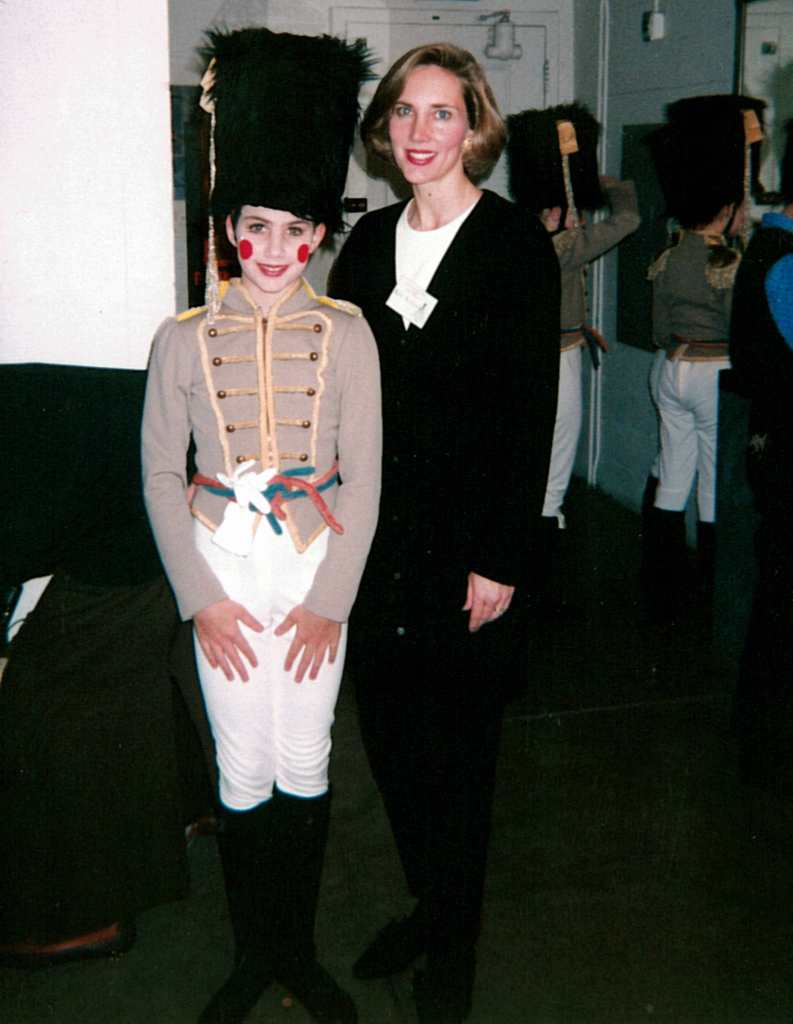
Awe and wonder had overcome my worry. I was backstage, seeing “the magic” happen right there before my very eyes. And I was a part of it! I still remember those first butterflies as I ran out on stage – a strange mix of joy, confidence and nerves. But I was out there! With my hat perched securely on my head.
Hearing the live music, feeling the gleam of the stage light on my face and experiencing the audience’s applause, well, I was done for. For me, as it is with so many dancers, Nutcracker was a rite of passage. A gateway to ballet, to performance and to production, it gave me a taste of the stage—and I wanted more. But this ballet has also been the broad avenue of my growth and maturation as a dancer.
The bread and butter of most American ballet companies, there is no other production that is performed as frequently and consistently (our run consists of between 35-45 performances) as Nutcracker. Like a winter annual, come November, the ballet emerges and blooms—unchanging, yet still just as breathtaking—especially PNB’s Stowell-Sendak production. It literally looks like a children’s storybook come to life.
Contrary to what a number of people think, the costumes and choreography remain the same, with maybe a bit of sprucing here and there. I know many dancers regard this season of never-ending Nutcracker with a sense of dread—cringing at the seeming monotony that comes with the marathon. But to me, the familiarity feels like an old friend. Like returning to my childhood home for the holidays. I’m not so preoccupied with knowing the next step (since they’re forever burned into my muscle memory), rather I play with each one—perfecting my technique and pointe work, mastering the musicality, or embellishing my épaulement and port de bras. And there is no better benchmark for growth than revisiting a role.
With so many performances, Nutcracker provides ample opportunity for dancers to get their start. I am no exception. A ballet full of firsts, this is where I performed my first solo. I remember those butterflies too.
Being onstage, just me, the spotlight, and the steps. All eyes, in the audience and in the wings—on me. It’s a vulnerable, yet such a liberating place to be. Learning to dance with confidence as if everyone and no one were watching. To connect with the audience. To invite them into a story. This is where I grew into the artist I am today—growth that could only come from having these experiences. Experiences—opportunities—that Nutcracker provided.
This is what Nutcracker has meant to me: It’s my beginning—where my career, my love of ballet began. It’s my middle—where I’ve grown and matured as a dancer—technically, artistically and personally—in perseverance and confidence.
And now we’ve come to the end.
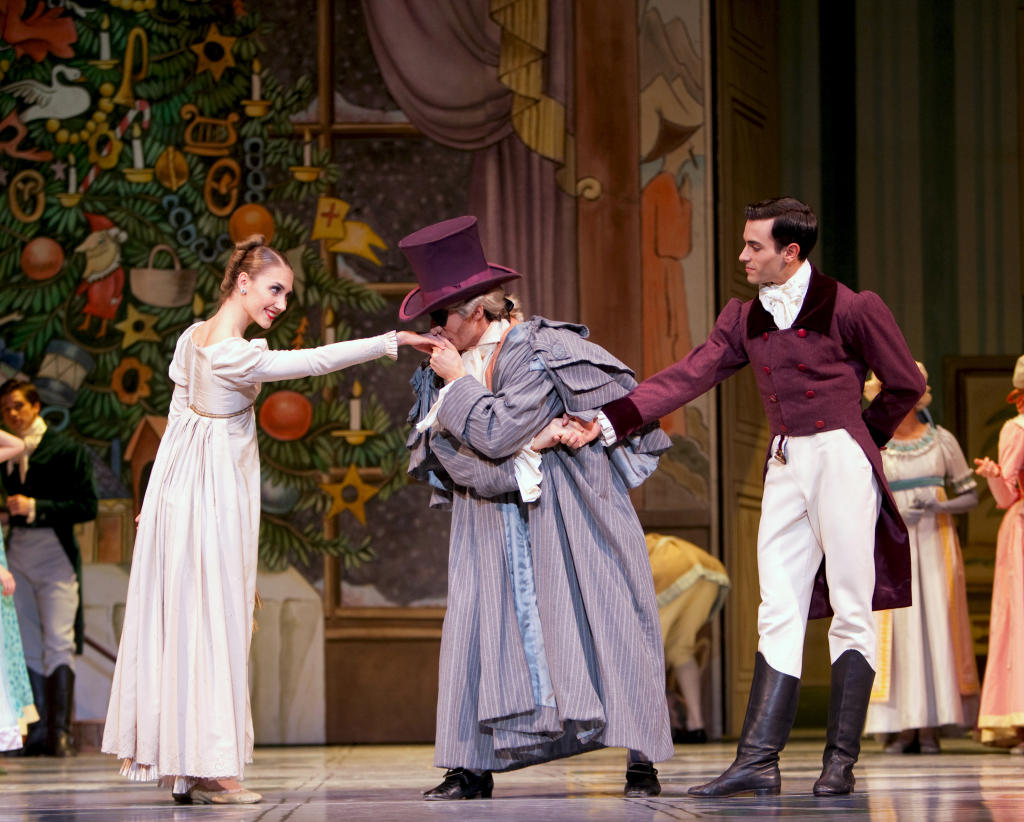
After 31 years we’re saying goodbye to my childhood Nutcracker. This will be the last season we’re performing this gem. And I have to say a part of my heart is breaking. So much of my life has been tied to this production. So many wonderful memories and moments embedded in the scenery, sets and choreography.
As the saying goes, “all good things must come to an end,” and goodbyes are never easy. But if ballet, if life has taught me one thing it’s that change is not only inevitable, it’s good. It’s necessary. Shoot, Nutcracker has taught me that. Over the years I’ve been able to add to my list of roles, from toy soldier to snowflake to Frau Stahlbaum to the Peacock (our version of the Arabian). I’ve been challenged and stretched with new parts and Nutcracker has changed me as a dancer. Change is a vehicle for growth. And isn’t that the point? To always be growing, changing, becoming more fully the dancer, the person I was created to be?
Rudely awakened from my musing by the grumbling of my stomach, my mind returns to the present. My eyes gaze back up at the tattered canopy of maples above me and I’m strangely comforted. I’m sure losing all their leaves is hard for those maples, but come spring new buds blossom. All good things must come to an end, so that good things might abound.
Upon returning to the Phelps Center, my stomach fully satisfied, I walk down the hall to our costume shop to try on my flowers costume. Not the one I will wear this year, but a brand new one for our new production of George Balanchine’s The Nutcracker, which we’ll be premiering next winter. It’s bright. It’s beautiful. And though I still feel a bit like I’m losing my leaves, still in the fall, I feel a faint light break through as I try on my tutu. I will always love my Nutcracker. Because that’s what it is. It’s my memories. My past.
But I feel my heart hiccup with excitement. For newness. For change. For growth. For a new Nutcracker.
Pacific Northwest Ballet’s final season of the Stowall & Sendak Nutcracker begins on Friday, November 28th and runs until Sunday, December 28th. Purchase tickets here – or if you’re not from the area – enter this drawing for your chance to win two airline tickets from Alaska Airlines and performance tickets to see the show!
Contributor Jessika Anspach McEliece is from Bellevue, Washington. She received her training at Pacific Northwest Ballet School, beginning with Creative Movement classes and progressing through to the Professional Division.
In 2002, she joined the Suzanne Farrell Ballet as an apprentice. She joined Pacific Northwest Ballet as an apprentice in 2004 and was promoted to corps de ballet in 2005. Ms. Anspach’s writing on dance has been featured in Dance Magazine. She is also a frequent contributor to Pacific Northwest Ballet’s blog.





